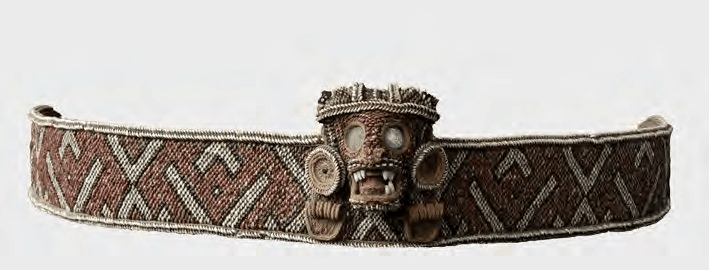Michel Aubourg's Haïti préhistorique: mémoire sur les cultures précolombiennes, Ciboney et Taino is too outdated and far too brief to offer much for modern researchers interested in the indigenous past of the island. Nonetheless, the first part of the text is a nice overview of the history of Haitian archaeology with copious references to studies by professional and amateur archaeologists. In fact, the major value of Aubourg's brief study is the overview of these past excavations and surveys. Many of the studies cited by Aubourg, unfortunately, are dated articles from the Bureau d'Ethnologie's bulletin (often too short) or other studies offering antiquated information and theories about the indigenous peoples of the Greater Antilles. However, the references to findings by archaeologists who reported Indian findings in areas such as La Gonave, Ile a Vache, the Artibonite Valley, Fort Liberte or other areas in the North are worthy of reading and deserve subsequent visits by archaeologists. For instance, the reports of ballcourts in Haiti and the possible archaeological proof of irrigation canals in Xaragua should be expanded upon to enhance our knowledge of indigenous cultures on the island. Alas, the second half of the text is a quick summary of Ciboney and Taino periods using a chronology based on that of Rouse. Much of the information is rather outdated, particularly with evidence of earlier ceramic traditions in the Archaic period in the Antilles. Still, the many references to sources on archaeological research in Haiti are of use, particularly for those interested in understanding the history of archaeology and the indigenous past in the development of Haitian ethnology.


No comments:
Post a Comment